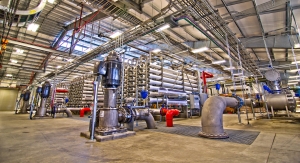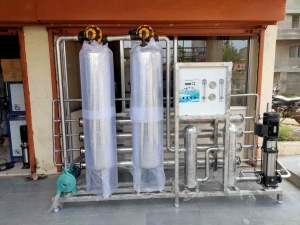Water Services and treatment
Know More About Us … Water Remedy is a leading engineering and technology company offering its clients the guaranteed best solutions in the field of industrial and domestic/portable water services and treatment / purification.
We also offer full range of water treatment chemicals from world renowned principles and ensure highest level of safety and performance. We provide customized chemical treatment solutions with technical backup from our principles. A range of FOOD GRADE water treatment chemical for food and pharmaceutical industries are also available.
Water Remedy is sole distributor of Jurby International Incorporation Canada all over the Pakistan. Inaddition we are a part of BASF Germany for Northern Pakistan Region. Water Remedy also acquired the distribution of Akkim UF membranes for Pakistan.
Basics of Water Services and Treatment
Water quality improvement entails the disinfection and purification of untreated ground and surface water.
At the Community Level
“The purpose of a public or private water treatment facility is to make water potable (safe to drink) and palatable (pleasant to taste) while also ensuring that there is a sufficient supply of water to meet the community’s needs.
Raw and untreated water is obtained from an underground aquifer (usually through wells) or from a surface water source, such as a lake or river. It is pumped, or flows, to a treatment facility. Once there, the water is pre-treated to remove debris such as leaves and silt. Then, a sequence of treatment processes — including filtration and disinfection with chemicals or physical processes — eliminates disease-causing microorganisms. When the treatment is complete, water flows out into the community through a network of pipes and pumps that are commonly referred to as the distribution system.”
Public vs. Private
“What’s the difference between public and private water treatment facilities? Public, municipal systems are owned and operated by the cities or towns they serve, and they’re typically under the management of a mayor or other elected official. Private systems range from individual wells serving a single household, to small corporate associations that provide water to a small group of homes, or to large corporations that have their own water service divisions. Whether public or private, all U.S. water utilities that serve more than 25 people must adhere to water quality standards established by the U.S. Environmental Protection Agency (EPA) as well as state and local regulations.”
https://www.wqa.org/Improve-Your-Water/Water-Treatment-Basics




